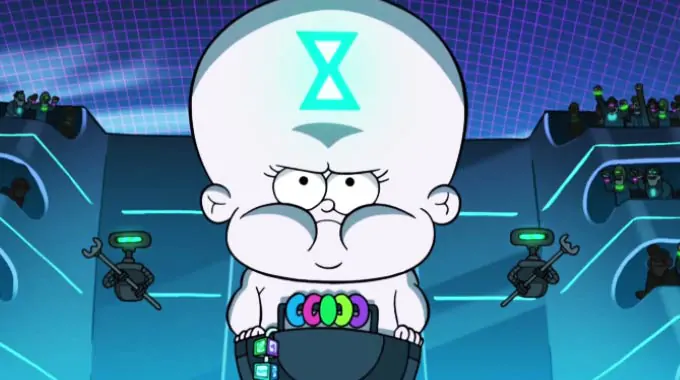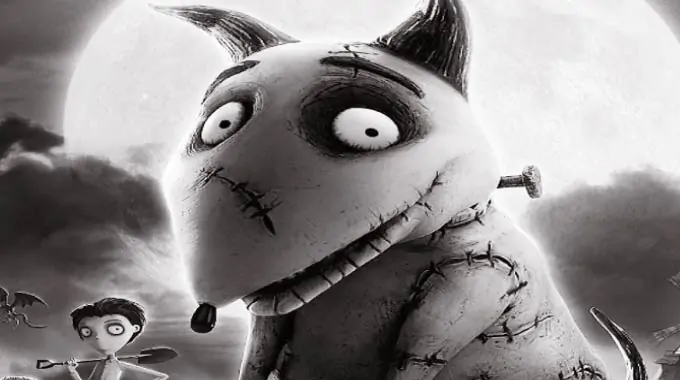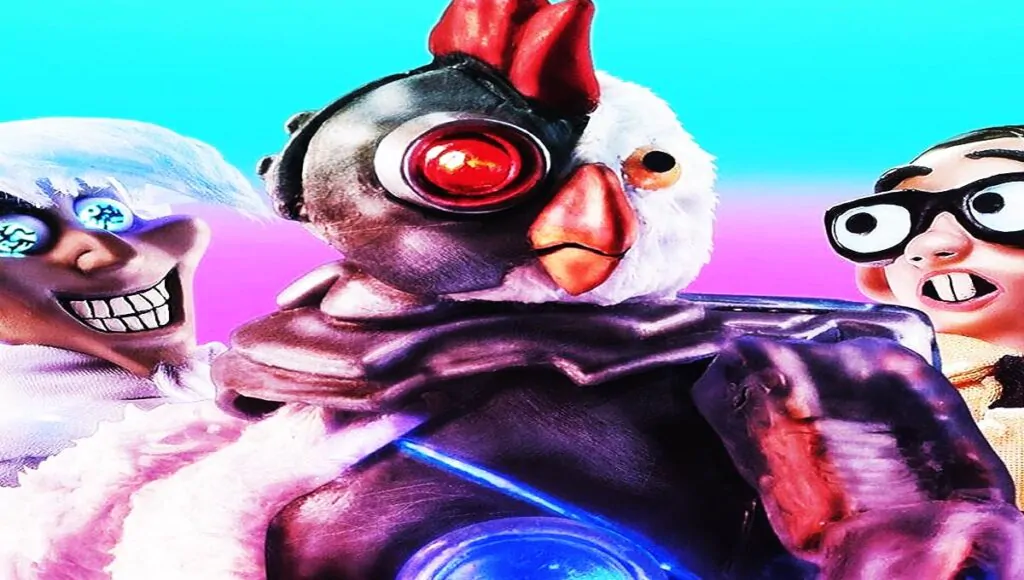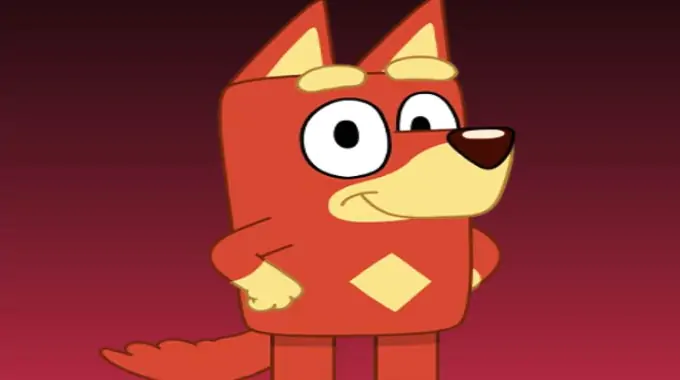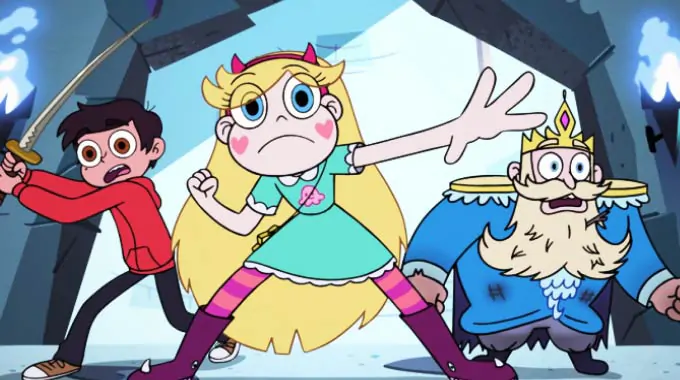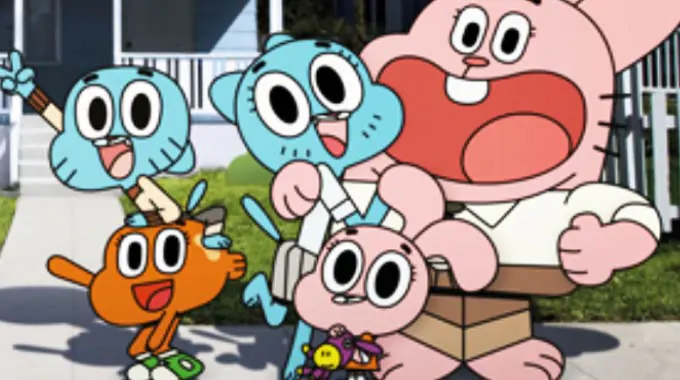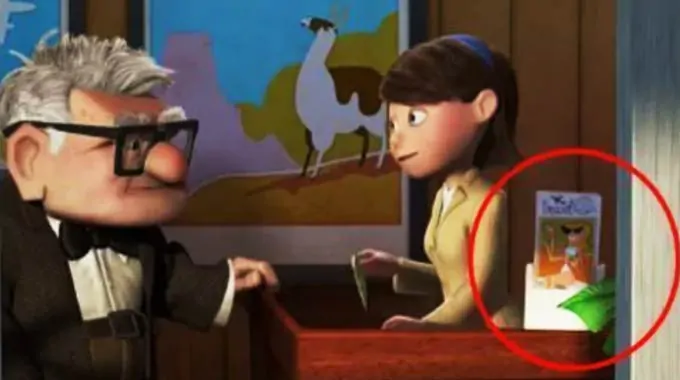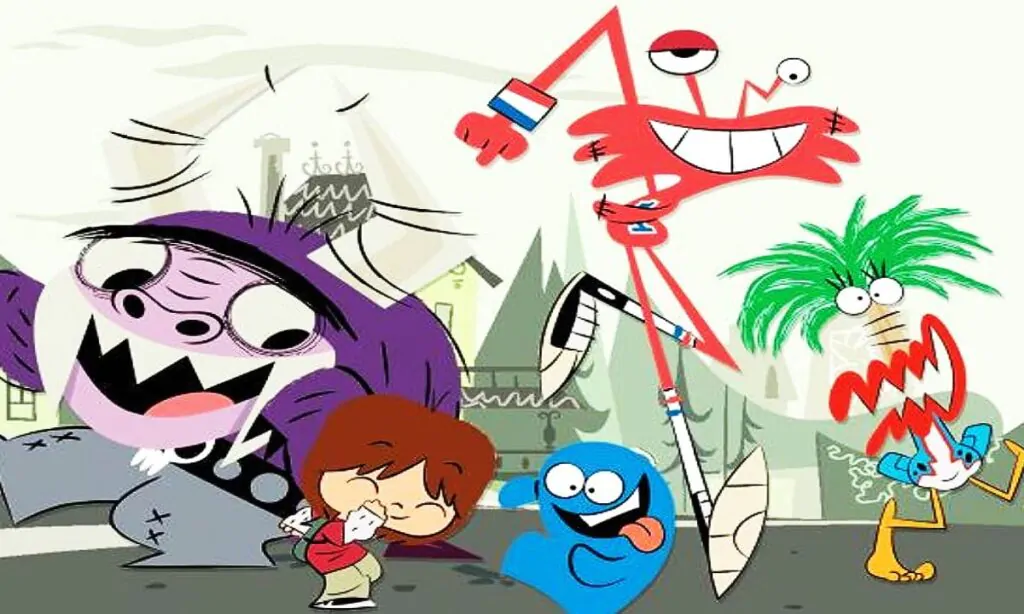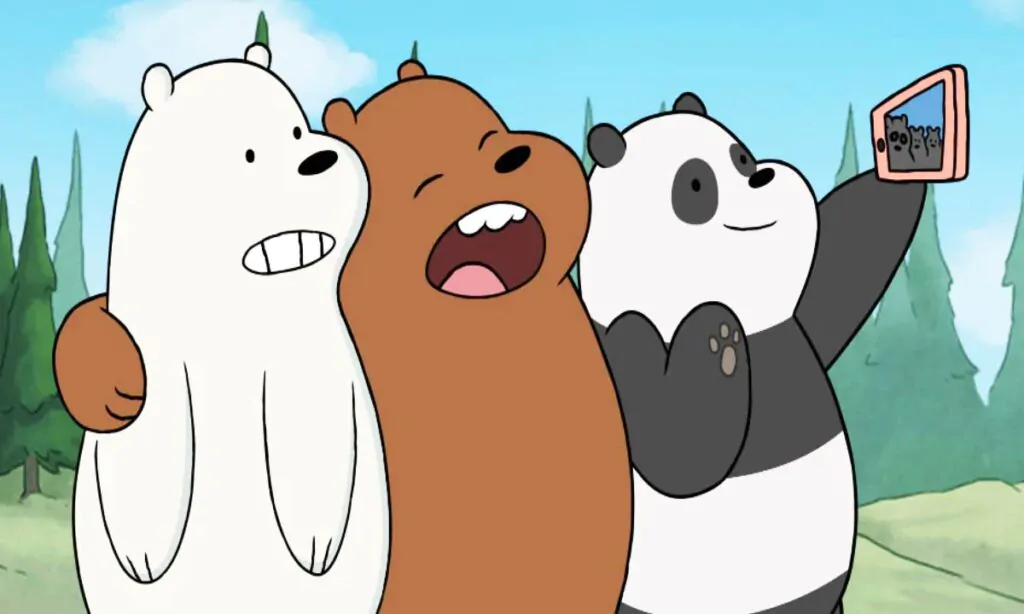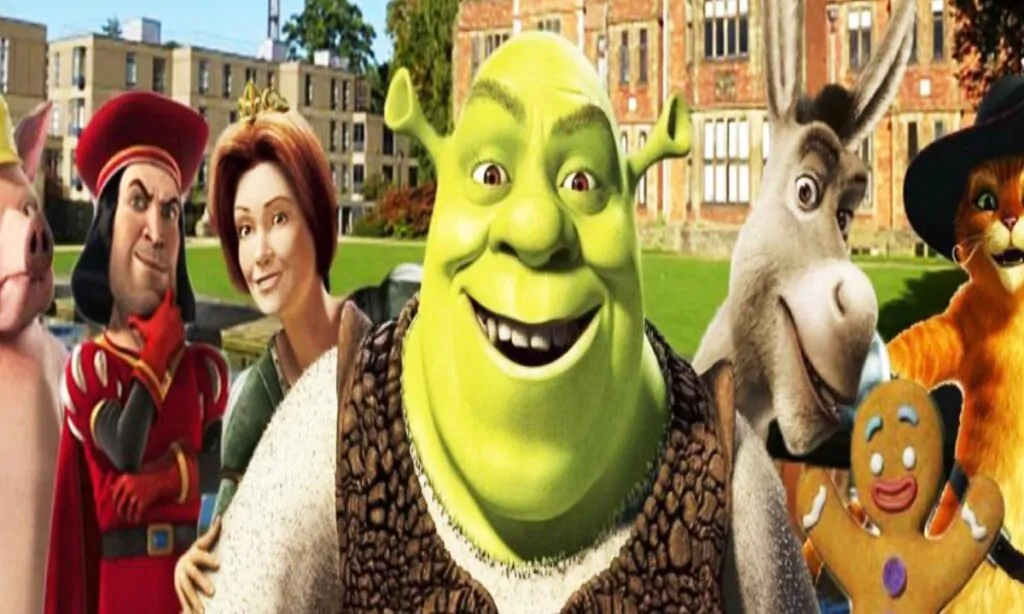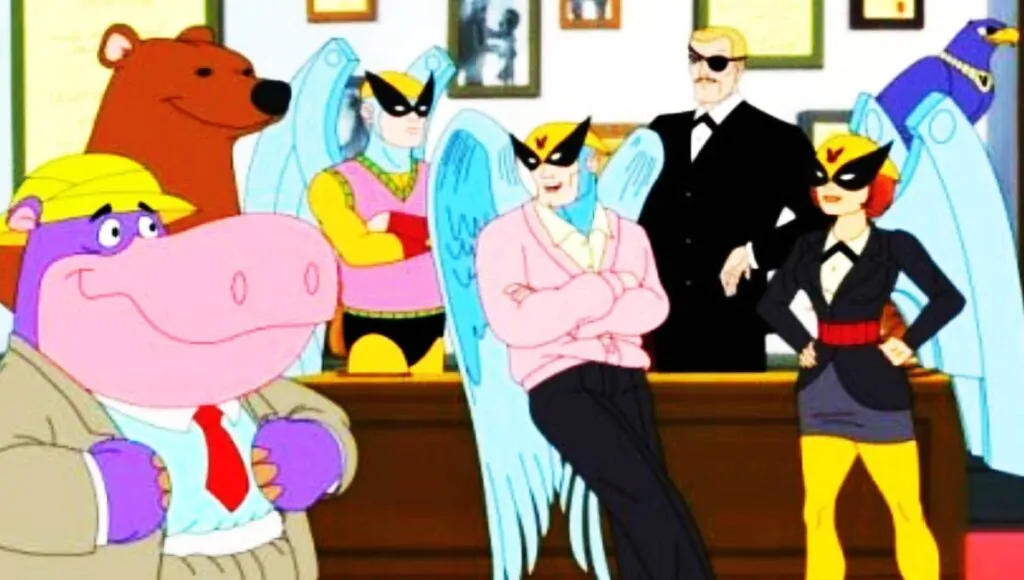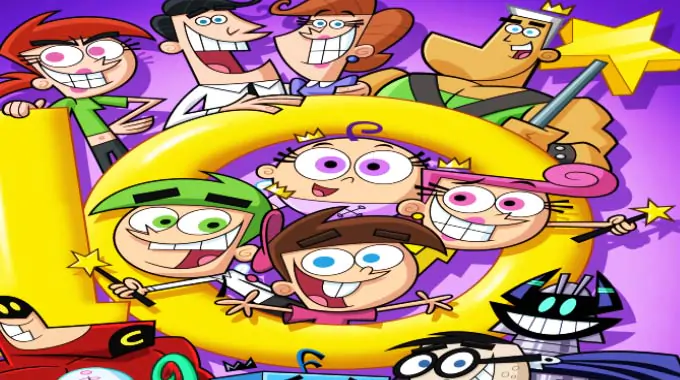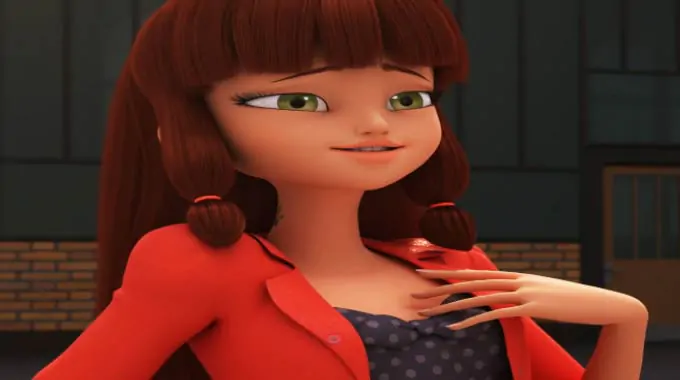List of Simpsons Easter Eggs:
The chalkboard gag: In almost every episode, Bart is shown writing a different phrase on the chalkboard as punishment. Some of these phrases contain hidden jokes or references.
The couch gag: The opening sequence features a unique couch gag in each episode, often with hidden visual gags or references to other TV shows, movies, or pop culture.
McBain movie: Throughout various episodes, there are brief clips of an action movie featuring the character McBain. When these clips are put together in order, they form a coherent mini-movie.
The “A113” reference: The number “A113” appears in many episodes as a hidden Easter egg. It is a reference to the classroom at the California Institute of the Arts where many Pixar animators, including several Simpsons animators, studied.
Comic Book Guy’s store: The Android’s Dungeon, Comic Book Guy’s store, is filled with hidden references to comic books, movies, and pop culture. The posters and comic books on the shelves often contain clever nods to various franchises.
The “Itchy & Scratchy” cartoon: The violent cartoon within the show often parodies or references classic cartoons, movies, and popular culture.
Kang and Kodos cameos: The two alien characters Kang and Kodos make cameos in various episodes, sometimes in the background or as part of a larger storyline.
Celebrity cameos: The Simpsons is known for featuring numerous celebrity guest voices. Some celebrities even voice themselves, while others are parodied or referenced in different episodes.
The B-Sharps: In the episode “Homer’s Barbershop Quartet,” Homer forms a successful barbershop quartet called The B-Sharps. This is a reference to The Beatles, as their career trajectory is similar to that of the Fab Four.
The Stonecutters: In the episode “Homer the Great,” Homer becomes a member of a secret society called the Stonecutters. The episode is filled with references to secret societies and conspiracy theories.
The musical episode: “Homer’s Phobia” features a musical number called “We Put the Spring in Springfield,” which is a parody of the song “Puttin’ on the Ritz.”
The Hank Scorpio episode: In the episode “You Only Move Twice,” Homer gets a new job working for a supervillain named Hank Scorpio. The character is a parody of James Bond villains.
The monorail episode: In the episode “Marge vs. the Monorail,” a con man named Lyle Lanley convinces the town to build a monorail. This episode is a parody of the musical “The Music Man.”
The “Treehouse of Horror” episodes: The annual Halloween-themed episodes often include references to horror movies, classic literature, and popular culture.
The real-life locations: The Simpsons often features fictionalized versions of real-life locations. For example, “Krusty Burger” is a parody of McDonald’s, and “Moe’s Tavern” is based on various neighborhood bars.
The McBain movie poster: In various episodes, the background features a poster for a McBain movie. When the posters are put together in order, they create a hidden story.
The street names: The street names in Springfield often contain hidden jokes or references. For example, Evergreen Terrace is named after the street where series creator Matt Groening grew up.
The McBain/Schwarzenegger connection: The character of McBain is a parody of action star Arnold Schwarzenegger. Many of McBain’s lines and scenes are references to Schwarzenegger’s movies.
The nuclear power plant: The Springfield Nuclear Power Plant is full of visual gags and references to real-life nuclear power plants and related accidents.
The “Steamed Hams” meme: The “Steamed Hams” scene from the episode “22 Short Films About Springfield” has become a popular internet meme, with various remixes and parodies.
The Sideshow Bob episodes: Sideshow Bob, Bart’s nemesis, appears in several episodes. These episodes often reference classic movies, such as “Cape Fear” or “The Great Escape.”
The McBain movie marathons: In some episodes, there are references to “McBain Movie Marathons” playing at theaters, featuring multiple McBain movies back-to-back.
The episode titles: The titles of the “Treehouse of Horror” episodes are often puns or references to famous horror movies, books, or TV shows.
The McBain movie lines: McBain’s one-liners often contain hidden jokes or references to action movie clichés.
The “Mr. Plow” jingle: In the episode “Mr. Plow,” Homer creates a jingle for his snowplow business. The jingle is a parody of advertising jingles and catchy tunes.
The “Duff Beer” variations: The show often features different variations of the fictional beer brand “Duff.” These variations, such as “Duff Lite” or “Duff Dry,” are parodies of real-life beer brands and their marketing strategies.
The Poochie episode: In the episode “The Itchy & Scratchy & Poochie Show,” the character Poochie is introduced as a desperate attempt to boost ratings. This episode is a meta-commentary on TV shows adding unnecessary characters.
The McBain movie plot lines: The clips of the McBain movies often have plot lines that parody or reference famous action movies.
The “Marge vs. the Monorail” song: The episode features a catchy song called “Monorail,” which is a parody of the musical style of composer Meredith Willson, particularly his work on “The Music Man.”
The “Flaming Moe’s” recipe: In the episode “Flaming Moe’s,” Homer creates a cocktail called the “Flaming Moe.” The recipe is a secret, but fans have recreated their own versions based on the hints given in the episode.
The McBain movie titles: The titles of the individual McBain movies shown throughout the series often contain puns or references to action movie tropes or famous films.
The “D’oh!” catchphrase: Homer’s iconic catchphrase, “D’oh!” was added to the Oxford English Dictionary in 2001, recognizing its popularity and cultural impact.
The Radioactive Man movie: The fictional Radioactive Man comic book character from The Simpsons is also depicted in a movie. References to the Radioactive Man movie appear in various episodes.
The “Deep Space Homer” episode: In this episode, Homer becomes an astronaut and goes into space. It includes references to space exploration and parodies of movies like 2001: A Space Odyssey.
The “Blinky” the three-eyed fish: In the episode “Two Cars in Every Garage and Three Eyes on Every Fish,” a three-eyed fish named Blinky is caught in the waters near the nuclear power plant. It serves as a commentary on environmental concerns.
The Krusty the Clown merchandise: Throughout the series, Krusty the Clown’s merchandise often includes hidden jokes or references to real-life products and pop culture.
The “The Shinning” episode: In the “Treehouse of Horror V” episode, the segment titled “The Shinning” parodies Stephen King’s novel “The Shining” and the corresponding film adaptation.
The McBain’s partner: In some McBain movie clips, McBain has a partner named Maria. This is a nod to Maria Conchita Alonso, who played Schwarzenegger’s partner in the movie “The Running Man.”
The “Cape Feare” episode: The “Cape Feare” episode parodies the movie “Cape Fear” and features Sideshow Bob as a stalker tormenting Bart.
The “Homer³” episode: In this episode, the Simpson family is transported into a three-dimensional computer-animated world, which was groundbreaking for its time.
The “Homer’s Phobia” episode: This episode tackles issues of homophobia and includes a guest appearance by John Waters. It contains numerous references to Waters’ films and his distinctive style.
The “Mendoza” baseball player: In the episode “Homer at the Bat,” a fictional baseball player named “Mendoza” is introduced. This character is a reference to Mario Mendoza, a real-life baseball player known for his poor batting average.
The “Lisa’s Sax” episode: In this episode, Lisa receives her saxophone as a gift from Bleeding Gums Murphy, establishing their connection. The episode is a nod to the real-life story of Lisa’s creation as a character on the show.
The “Who Shot Mr. Burns?” mystery: In a two-part episode, Mr. Burns is shot, and the identity of the shooter becomes a mystery. It parodies the “Who Shot J.R.?” storyline from the TV show “Dallas.”
The “A Streetcar Named Marge” musical: In this episode, Marge auditions for a musical production of “A Streetcar Named Desire.” The musical numbers contain references to various Broadway shows and musical styles.
The “Lisa the Vegetarian” episode: In this episode, Lisa becomes a vegetarian and the story includes numerous references to vegetarianism, animal rights, and even a cameo by Paul McCartney.
The “Krusty Gets Kancelled” episode: In this episode, numerous celebrities make guest appearances to help Krusty the Clown make a comeback. The episode features parodies of real-life celebrities and their TV shows.
The “Kamp Krusty” episode: This episode parodies the summer camp experience and references classic camp movies like “Meatballs” and “Friday the 13th.”
The “Homer at the Bat” episode: This episode features numerous real-life baseball players, including Wade Boggs, Ken Griffey Jr., and Ozzie Smith. It includes references to their careers and personalities.
The “Last Exit to Springfield” episode: In this episode, Homer becomes the head of the workers’ union at the power plant. It includes references to labor unions and negotiations.
The “Lisa’s Rival” episode: Lisa competes with a new student named Allison, and the episode includes references to academic competition and overachieving students.
The “Homer’s Odyssey” episode: In this episode, Homer saves Springfield from a nuclear meltdown. It contains references to disaster movies and the hero archetype.
The “King-Size Homer” episode: Homer tries to gain enough weight to qualify as disabled and work from home. It parodies workplace safety regulations and corporate bureaucracy.
The “Lisa the Greek” episode: In this episode, Lisa develops a talent for predicting football game outcomes. It references sports gambling and the dynamics of father-daughter relationships.
The “The Wizard of Evergreen Terrace” episode: In this episode, Homer tries to become an inventor like Thomas Edison. It includes references to Edison’s inventions and scientific discoveries.
The “Lisa’s Wedding” episode: Lisa has a glimpse into her future and sees her wedding day. The episode references future technology and makes predictions about advancements.
The “Homer’s Barbershop Quartet” episode: This episode tells the story of Homer’s brief music career and the success of his barbershop quartet. It parodies the history of famous bands like The Beatles.
The “Homer and Apu” episode: Apu faces a controversy over selling expired food, and the episode addresses cultural stereotypes and discrimination.
The “You Only Move Twice” episode: In this episode, the Simpsons move to a new town for Homer’s job and encounter a supervillain. It parodies spy movies and James Bond villains.
The “Lisa on Ice” episode: Lisa becomes a goalie for her school’s ice hockey team, and the episode includes references to sports rivalries and the pressures of competition.


